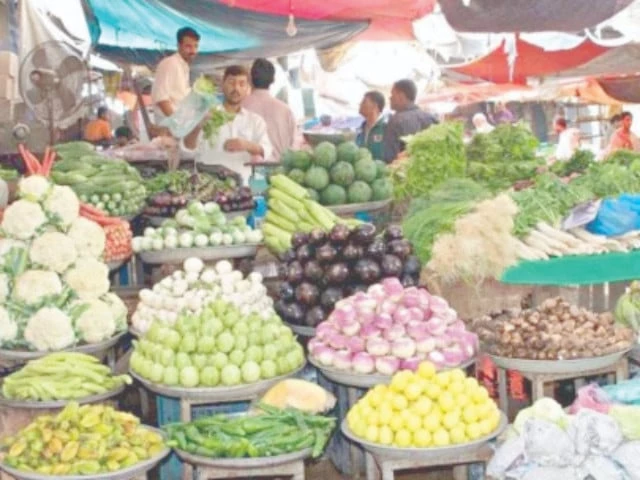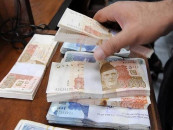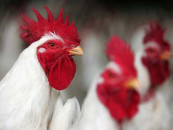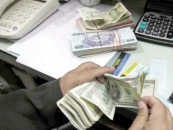Yearly SPI jumps 4.17% on costly goods
Weekly inflation eases 1.34%, but annual trend stubborn for flood-hit people

The weekly inflation, measured by the Sensitive Price Indicator (SPI), jumped sharply by 4.17% on a year-on-year (YoY) basis, reflecting persistent inflationary pressures that continue to weigh heavily on consumers, particularly flood-hit communities still struggling to recover.
However, the SPI recorded a decline of 1.34% week-on-week for the combined consumption group during the week ended September 18, 2025, the Pakistan Bureau of Statistics (PBS) reported on Friday.
According to PBS data, the SPI for the combined consumption group stood at 330.84 points, compared with 335.35 points a week earlier. The SPI is based on 2015-16 prices and tracks 51 essential items across 17 urban centres, providing a snapshot of short-term price trends for different expenditure groups.
While the weekly inflation showed some relief, the YoY trend highlighted continuing hardships for households. Compared to the same week of last year, the SPI rose 4.17%.
Several commodities registered significant declines compared to the corresponding week in September 2024, including onions (-38.23%), garlic (-27.50%), electricity charges for Q1 (-26.26%), pulse gram (-21.45%), pulse mash (-20.95%), tea (-17.93%), potatoes (-15.20%), chicken (-11.06%) and pulse masoor (-5.29%).
However, many essentials became sharply more expensive over the year. Prices of ladies' sandals surged 55.62%, tomatoes 49.02%, sugar 30.17%, gas charges for Q1 29.85%, pulse moong 15.79%, wheat flour 15.70%, firewood 12.40%, gur (jaggery) 12.36%, beef 12.31%, vegetable ghee (2.5kg) 11.26%, vegetable ghee (1kg) 11.09% and diesel 9.51%.
Among the commodities that saw a notable decline on a weekly basis were tomatoes (-23.11%), chicken (-12.74%), electricity charges for Q1 (-6.21%), bananas (-5.07%), wheat flour (-2.60%), onions (-1.17%), pulse masoor (-0.64%), pulse gram (-0.47%) and garlic (-0.46%).
On the other hand, some items registered an increase in prices, including diesel (+1.06%), eggs (+0.91%), broken Basmati rice (+0.84%), georgette cloth (+0.83%), Irri-6/9 rice (+0.78%), firewood (+0.59%), beef (+0.42%), mutton (+0.31%), cooked beef (+0.31%), 1kg vegetable ghee (+0.25%), energy saver bulbs (+0.23%) and pulse moong (+0.10%).
For the lowest income households earning up to Rs17,732 per month, the SPI fell 1.43%, easing to 322.71 points from 327.39 points a week earlier. Similarly, other consumption groups – Rs17,733-22,888, Rs22,889-29,517, Rs29,518-44,175 and above Rs44,175 – registered week-on-week declines of 1.59%, 1.34%, 1.31% and 1.23%, respectively.
During the week, prices of 18 items (35.29%) rose, 14 items (27.45%) declined, while 19 items (37.26%) remained unchanged.
The SPI is computed on a weekly basis to capture short-term price movements in essential commodities. Data is collected from 50 markets in 17 cities across the country, providing policymakers with a quick assessment of inflationary trends.
Although the week-on-week decline offers temporary relief, economists caution that the yearly increase reflects persistent supply chain issues, energy price adjustments and seasonal fluctuations that continue to impact consumers.
In this situation, the add-on is the flood. For millions of low-income households, particularly those still grappling with the aftermath of recent floods, the rising cost of living remains a serious challenge.





















COMMENTS
Comments are moderated and generally will be posted if they are on-topic and not abusive.
For more information, please see our Comments FAQ